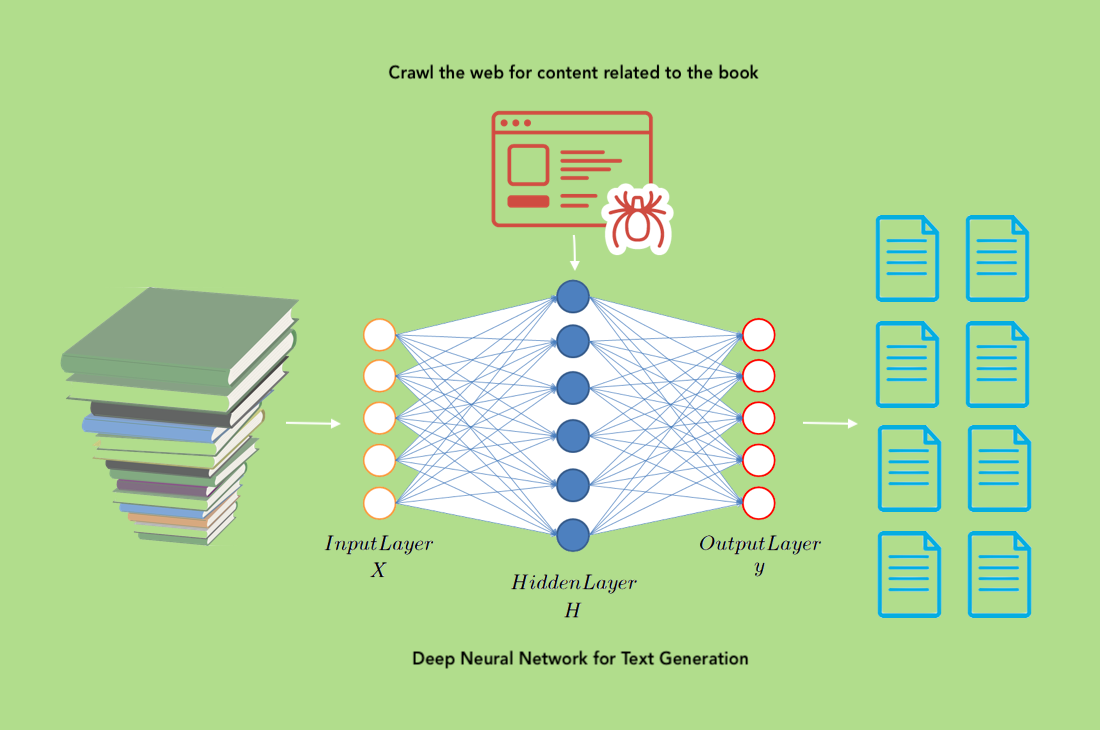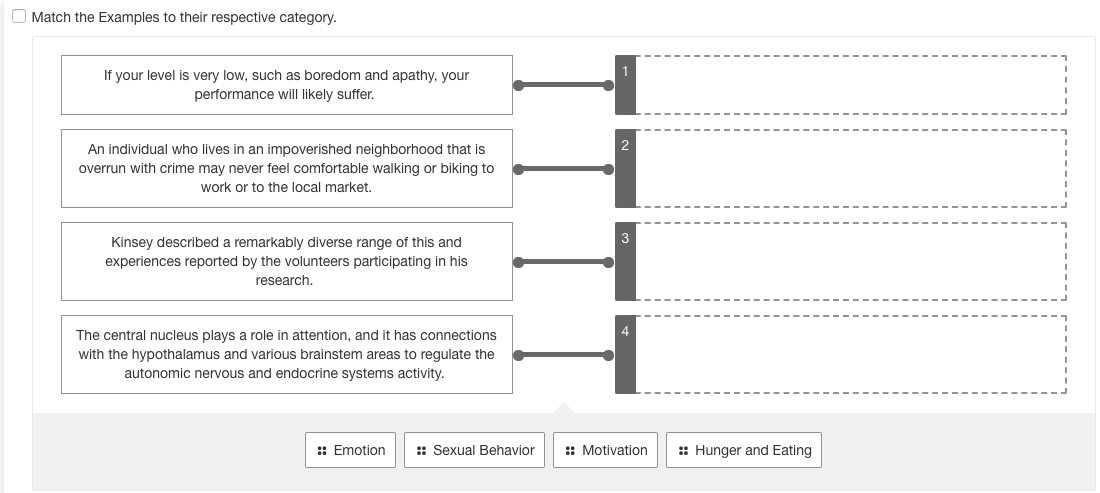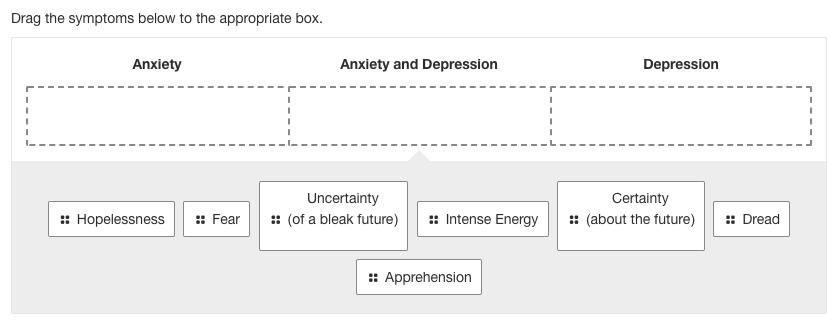.png)
Step 1
An ePub Textbook, PDF or HTML files are loaded into our system.
Step 2
Algorithms automatically parse the text to identify the taxonomy and key learning concepts.
Step 3
Content experts use online tools to rank and refine the key concepts.
Step 4
The system parses the text again, identifying thousands of potential questions.
Step 5
SMEs review the test items to select and enhance the best items for final output.
1000's of Quality Items
The result is thousands of test items derived directly from the text and covering all key learning concepts.





